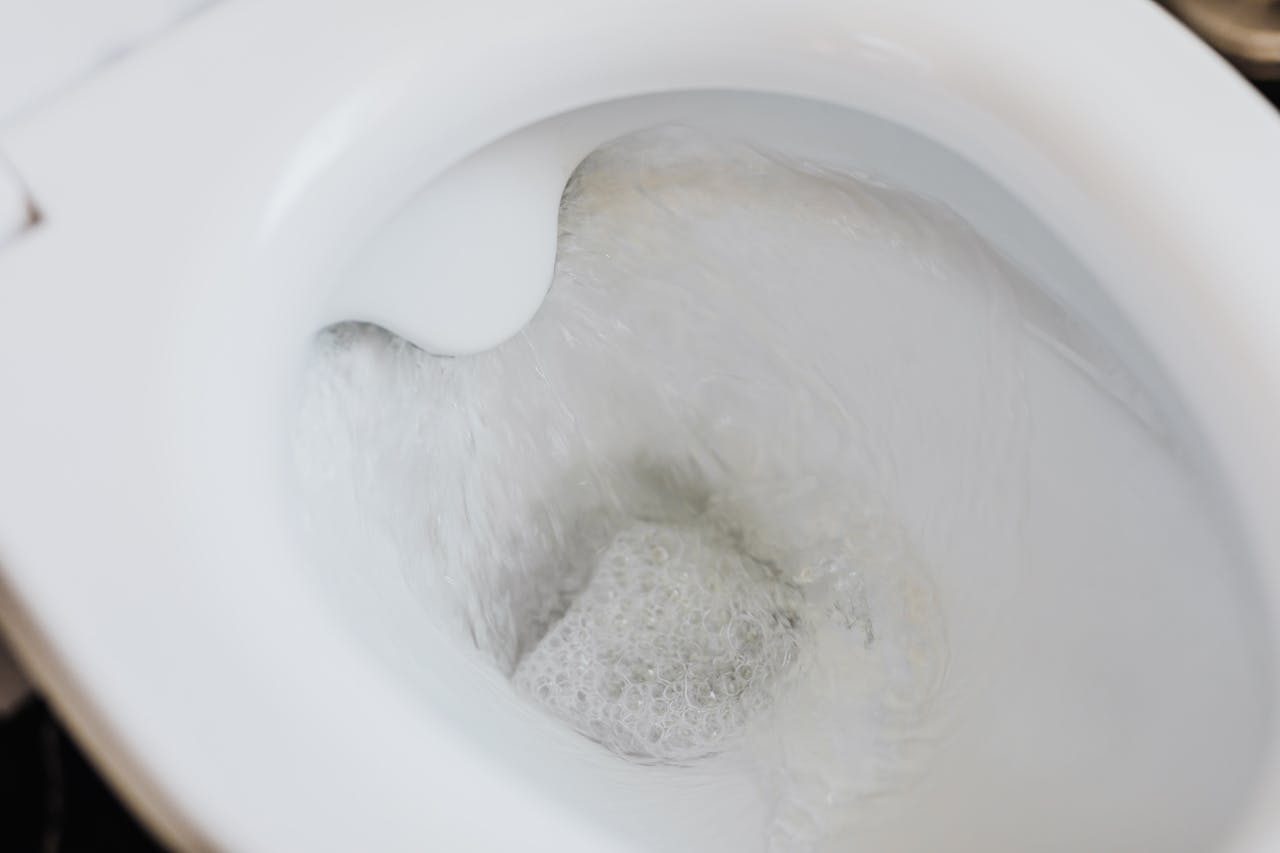
Keeping your bathroom sparkling clean and functional is a top priority, and when the toilet gets clogged, it can induce panic — especially if you’re not equipped with the standard tools. Unblocking a toilet without a plunger may sound like a daunting task, but it’s entirely possible with a few household items and some know-how.
Whether you’ve just moved into a new home without a plunger or find yourself in an emergency situation, this guide will walk you through several effective methods for how to unclog a toilet without a plunger.
1. Force flush method
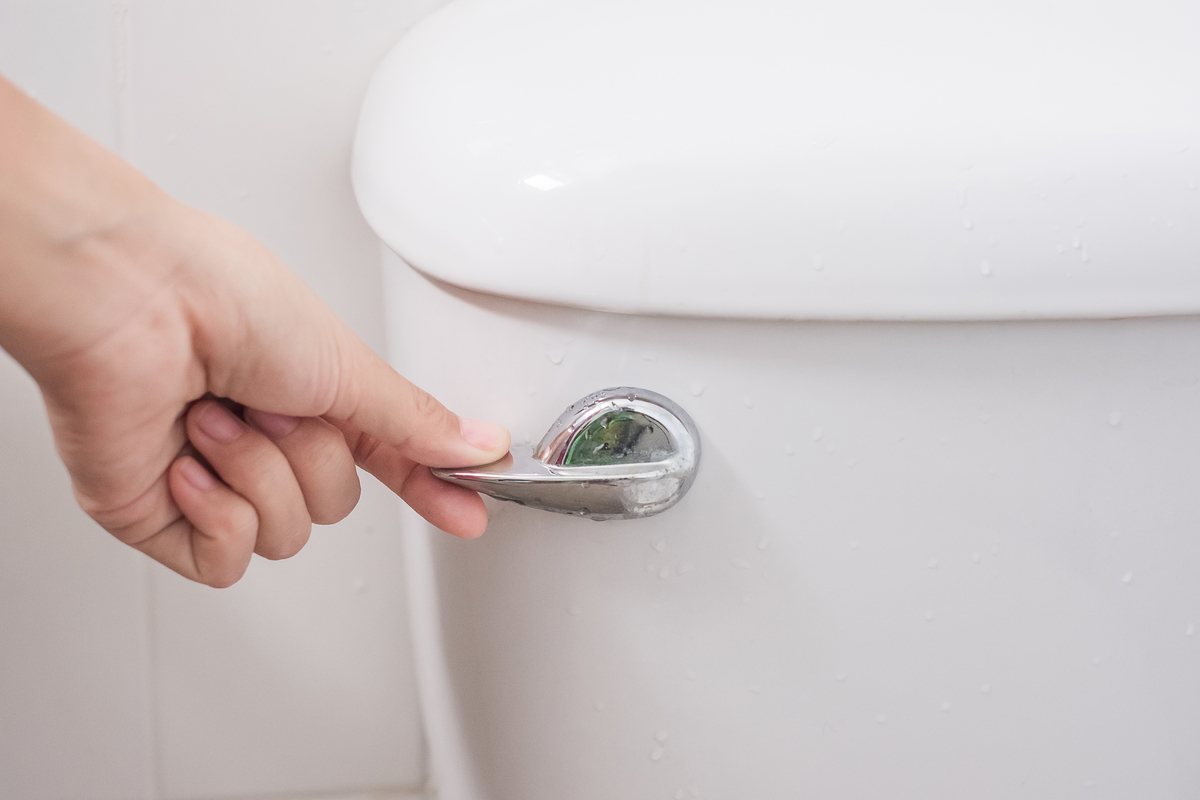
The force flush method is a straightforward approach that involves using hot water to dislodge a clog. This method works best for soft clogs that aren’t deeply lodged in the pipes. It’s less effective for severe blockages or those caused by large, inorganic objects.
How to do it
- Heat water: Boil a large pot of water and allow it to cool slightly. The water should be hot but not boiling, as boiling water can crack porcelain.
- Pour carefully: Stand over the toilet bowl and pour the hot water in from waist height. The height helps add force to the water.
- Wait and observe: Allow the hot water to sit for a few minutes. The heat should help break down the clog.
- Flush: Flush the toilet. If the water drains, the clog is cleared. If not, repeat the process or try another method.
2. Hot water + dish soap method
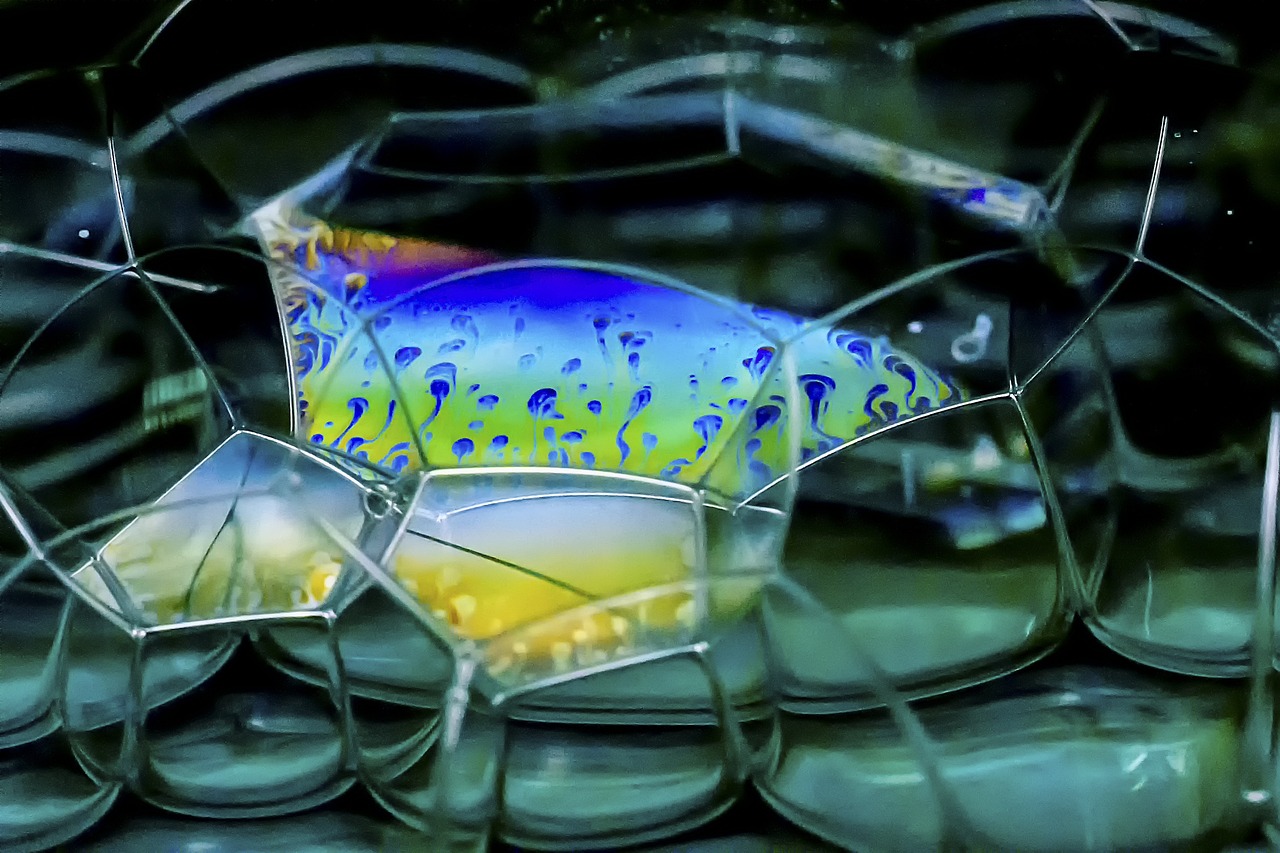
Combining hot water with dish soap can effectively break down stubborn clogs. The soap lubricates the pipes and helps dislodge the blockage. This method is suitable for soft clogs, particularly those caused by organic matter or excessive toilet paper.
How to do it
- Add dish soap: Pour about half a cup of dish soap into the toilet bowl. Allow it to sit for 10 to 15 minutes.
- Heat water: Boil a pot of water and let it cool slightly.
- Pour hot water: Pour the hot water into the toilet bowl from waist height, similar to the force flush method.
- Wait and flush: Allow the mixture to sit for another 15 minutes. The soap should break down the clog. Flush the toilet to see if the blockage has cleared.
3. Baking soda and vinegar method
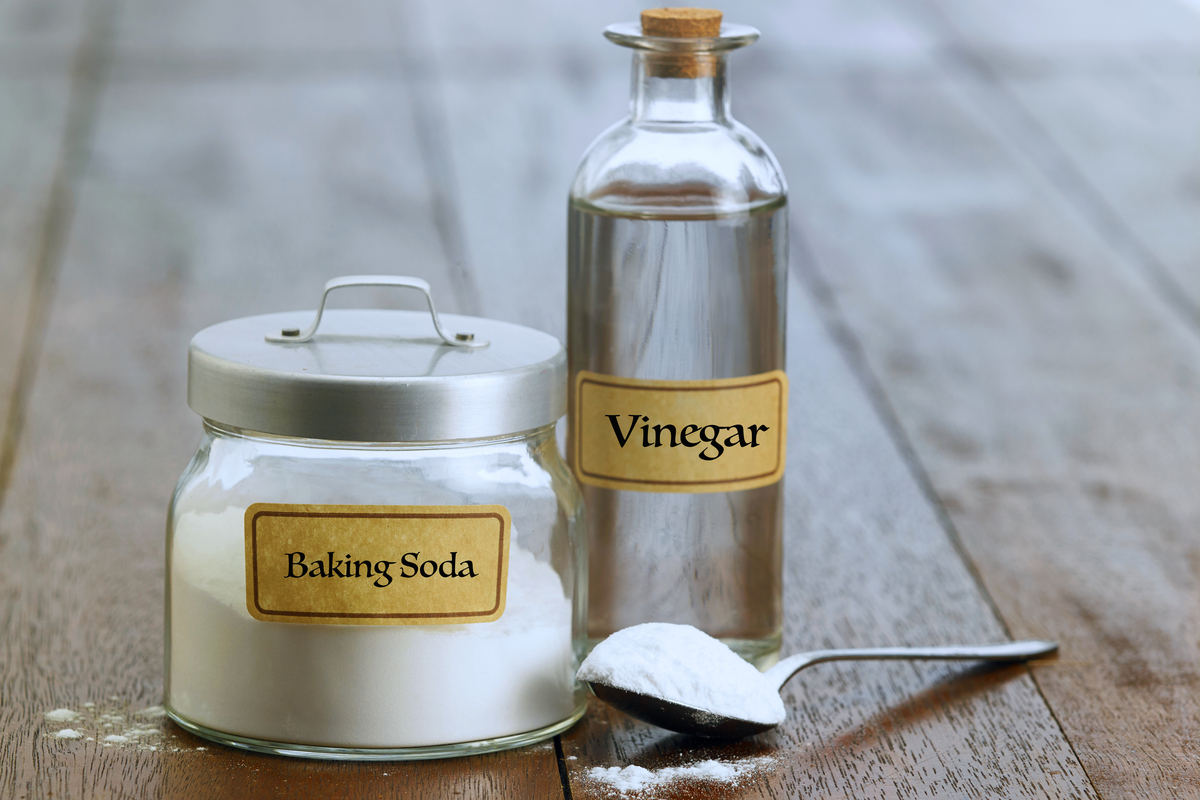
The chemical reaction between baking soda and vinegar is often used in cleaning, clearing shower drains, and other household tasks. It can also effectively break down clogs in toilets. This method is particularly useful for organic clogs and those caused by mineral buildup. It works best for minor to moderate clogs that aren’t caused by large, solid objects.
How to do it
- Add baking soda: Pour 1 cup of baking soda into the toilet bowl.
- Add vinegar: Slowly pour 2 cups of vinegar into the bowl. The mixture will fizz and bubble.
- Wait: Allow the chemical reaction to work for about 30 minutes.
- Flush: Flush the toilet to see if the clog has been dislodged. If not, you may need to repeat the process.
4. Wire hanger method
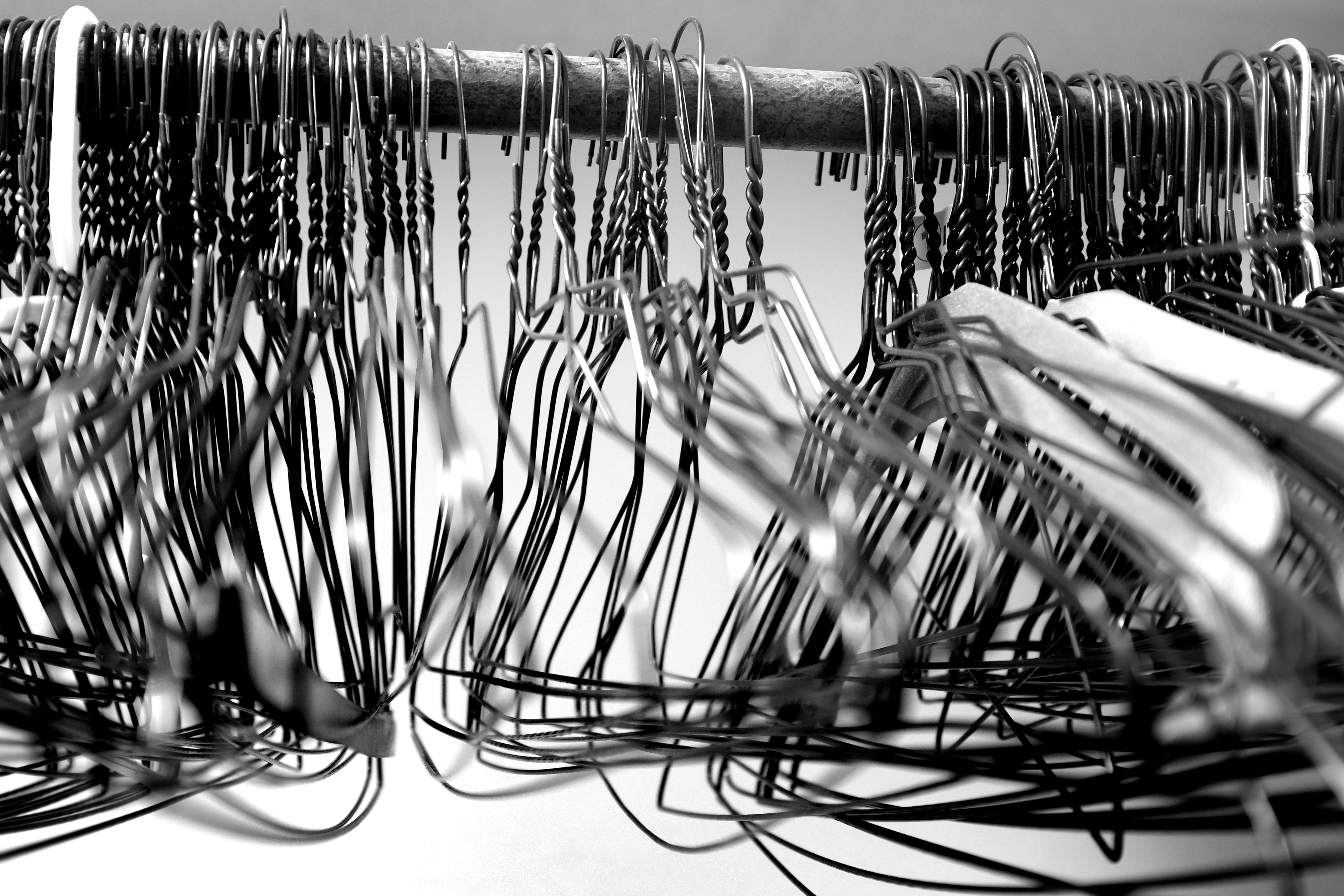
A wire hanger can be transformed into a makeshift snake to break up clogs. This method is particularly effective for removing solid objects stuck in the toilet. Use this method for clogs caused by objects like toys, sanitary products, or large amounts of toilet paper that are near the opening of the toilet trap.
How to do it
- Prepare the hanger: Straighten a wire hanger and create a small hook at one end.
- Insert the hanger: Carefully insert the hooked end into the toilet bowl and gently push it through the clog.
- Twist and pull: Twist the hanger to break up the clog and pull it back to remove the blockage.
- Flush: Once the clog is broken up, flush the toilet to clear any remaining debris.
5. Wet/dry vacuum method
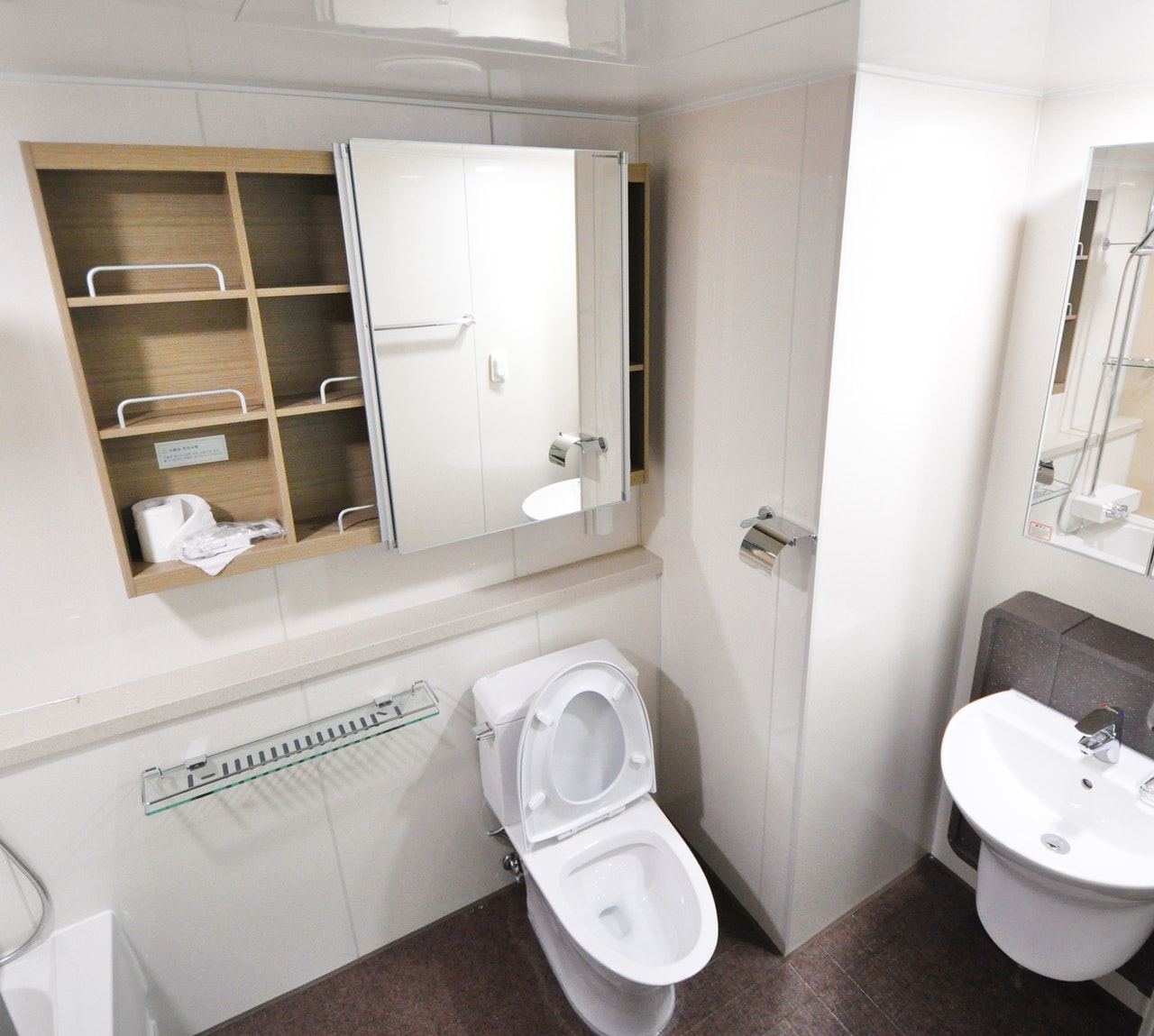
A wet/dry vacuum is one of the best vacuums to buy for your home. It’s a powerful tool for removing stubborn clogs since it sucks out the blockage. This method is best for severe clogs caused by large or hard objects that are difficult to dislodge with other methods.
How to do it
- Prepare the vacuum: Set your wet/dry vacuum to the liquid setting. Ensure you’re using a waterproof attachment.
- Seal the toilet: Place the vacuum hose into the toilet bowl, creating as tight a seal as possible around the hose with a towel or rag.
- Suck out the clog: Turn on the vacuum and let it run for a few minutes to suck out the clog.
- Check and flush: Once the vacuum has removed the clog, flush the toilet to ensure the blockage is cleared.
Can a toilet unclog itself without a plunger?
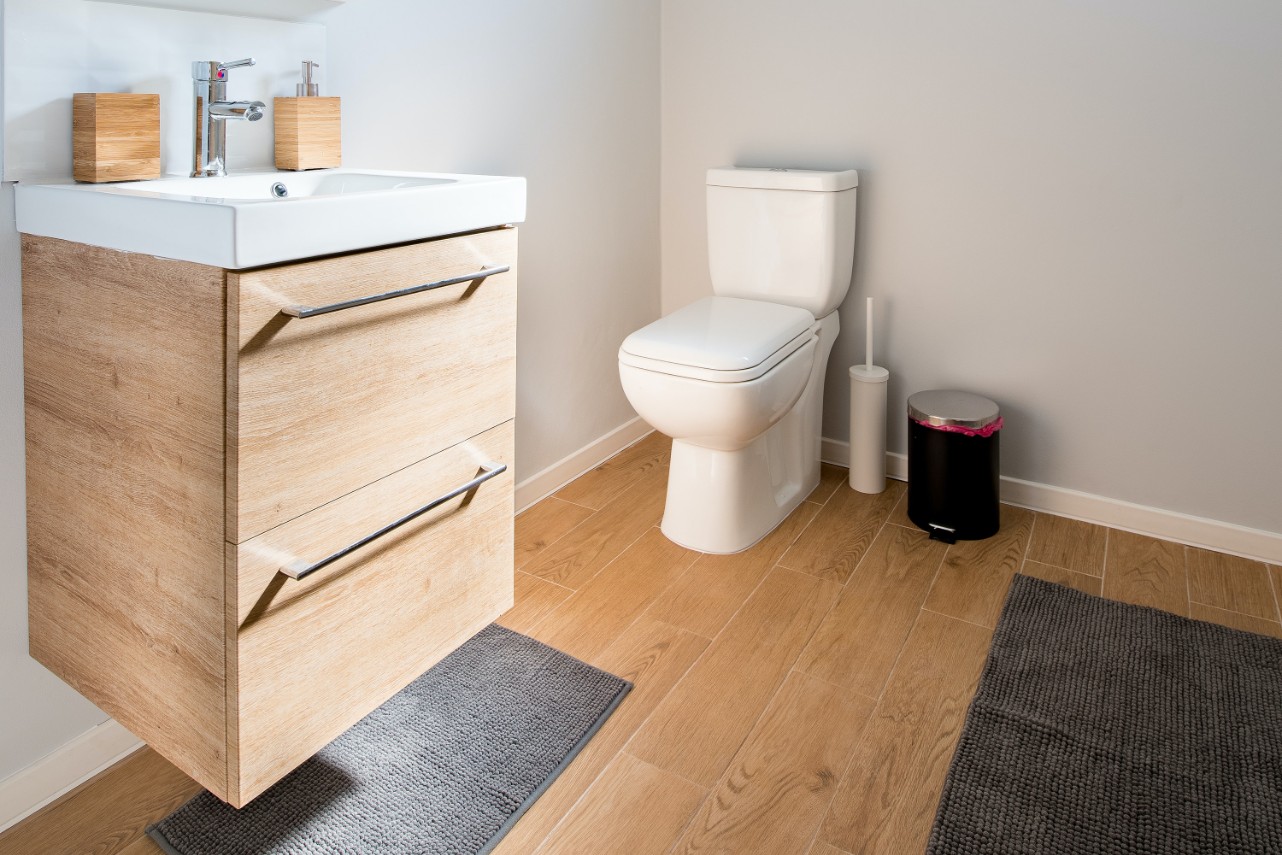
In some cases, a toilet can unclog itself without any intervention. This typically happens with minor clogs that are not tightly packed and can break down over time. However, relying on this method is risky, since leaving a clog too long can cause some problems.
What happens if you leave a toilet clogged for too long?
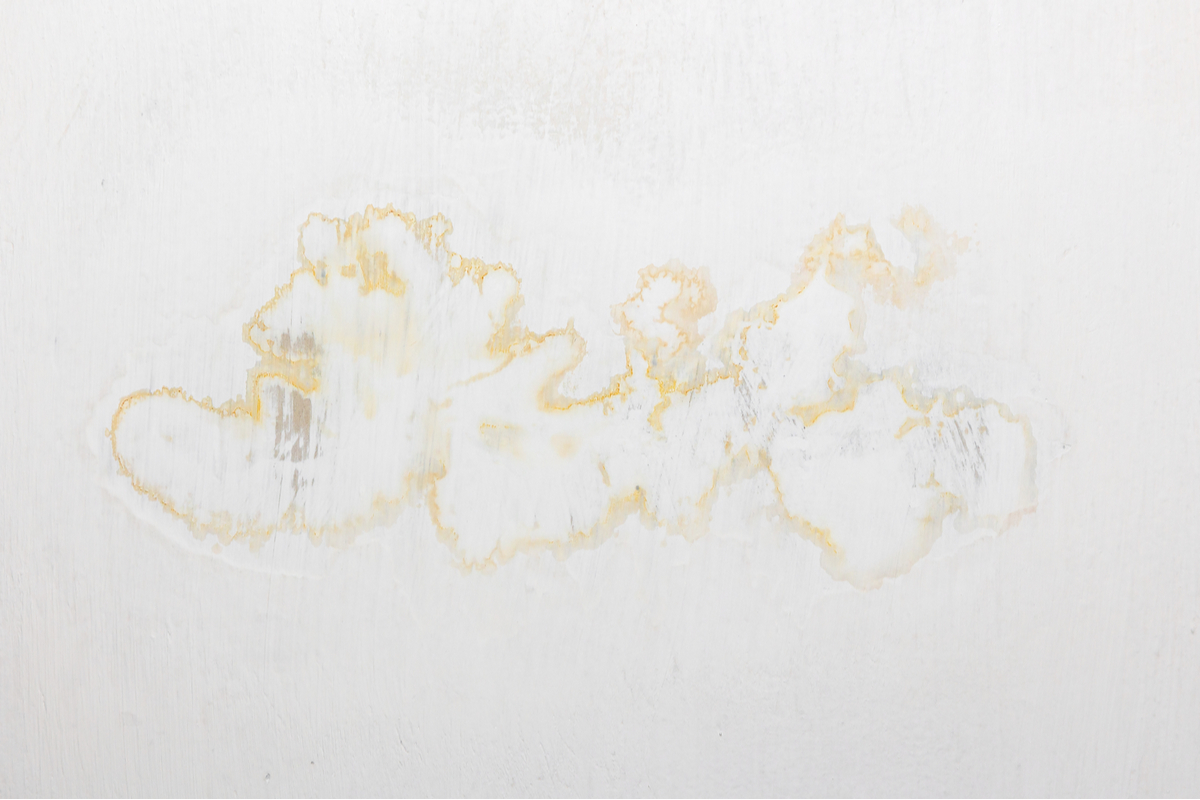
Leaving a toilet clogged for an extended period can lead to several issues:
- Overflow: Continued use can cause the toilet to overflow, leading to water damage and potential sanitation issues.
- Pipe damage: Persistent clogs can put pressure on the pipes, potentially leading to leaks or bursts.
- Health hazards: Stagnant water in the toilet bowl can become a breeding ground for bacteria and other pathogens.
Tips for preventing toilet clogs
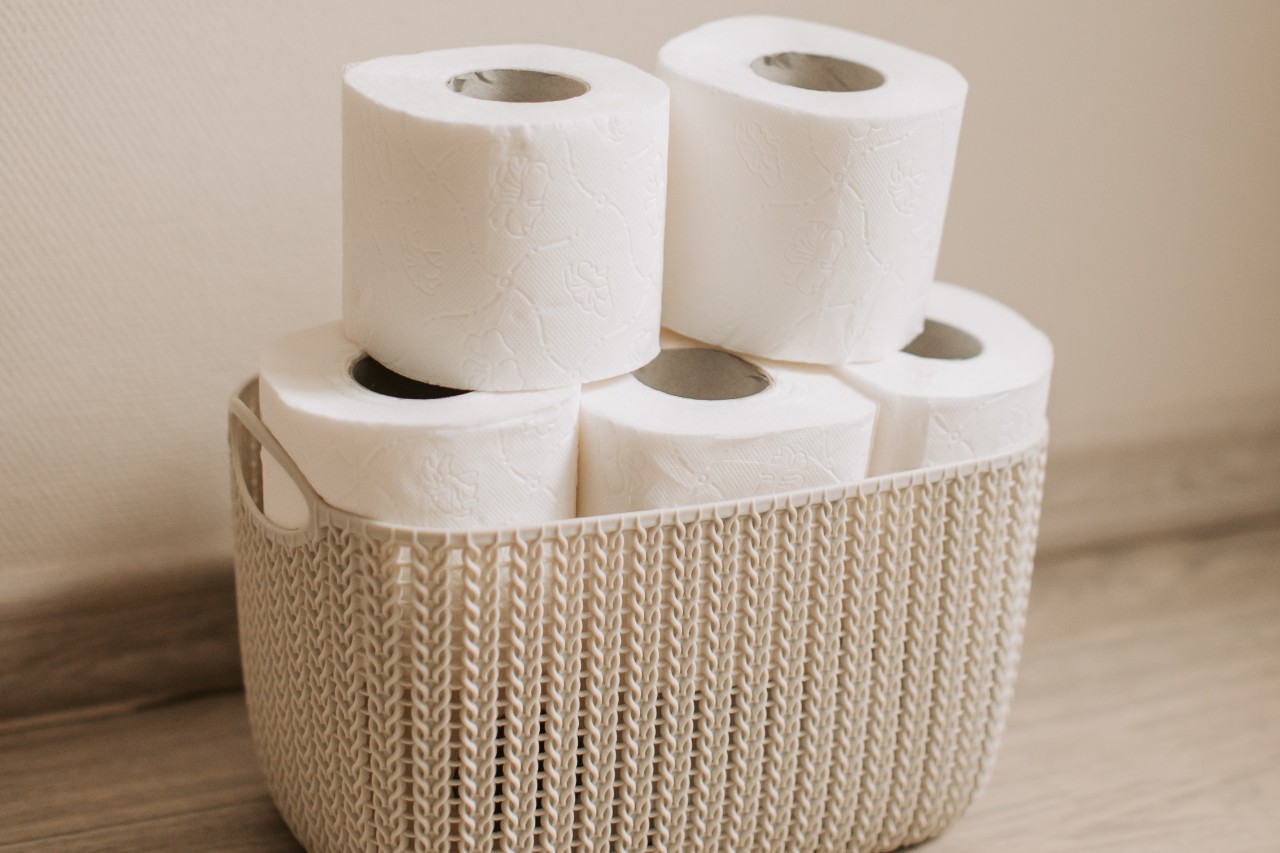
Preventing toilet clogs is certainly easier than dealing with them. Here are some tips to keep your toilet in good working order:
- Be mindful of how much toilet paper you use, and opt for flushable wipes if needed.
- Do not flush items like feminine products, diapers, paper towels, or non-flushable baby wipes.
- Regularly inspect and maintain your toilet to ensure it’s functioning properly.
- Educate household members, especially children, on proper toilet use to avoid accidental clogs.
Unclogging a toilet without a plunger seems unheard of, but it is entirely possible with the right techniques and household items. By understanding these methods and knowing when to use them, you can confidently tackle any toilet clog situation that comes your way. Remember to take preventative measures to avoid future clogs and maintain a smoothly running household.



